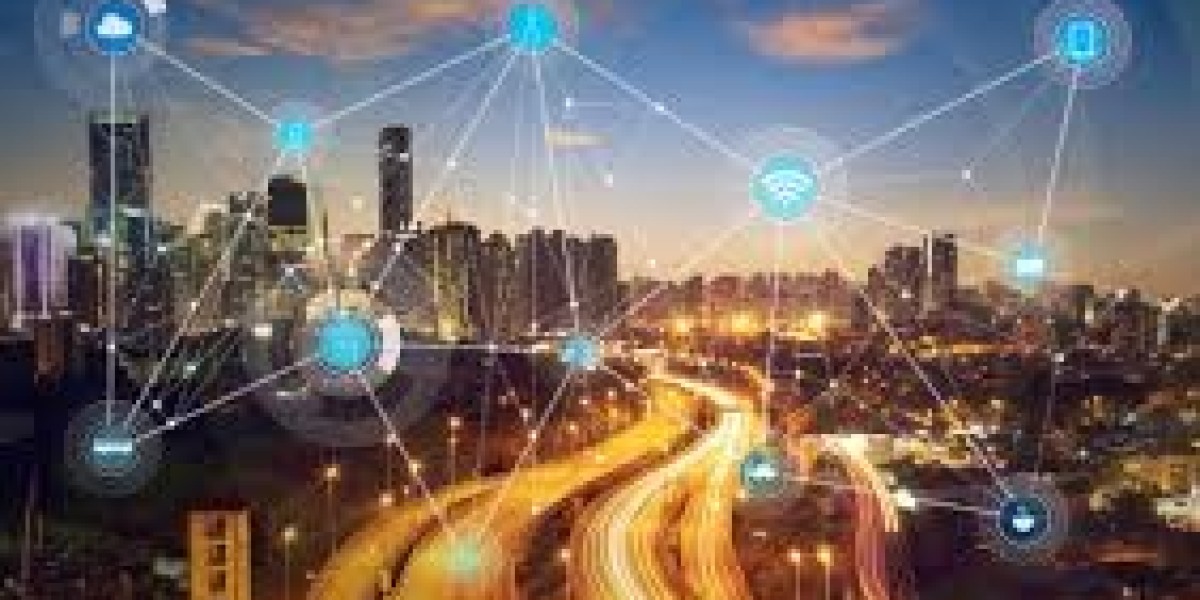In the modern digital landscape, mobility has become one of the most powerful forces driving innovation in computing. No longer are users tied to desktops or physical offices — instead, they expect seamless access to data, software, and communication from anywhere, on any device.
In computing terms, mobility refers to the ability of devices, users, and systems to move freely while maintaining uninterrupted access to networks, applications, and information. It’s the foundation of remote work, cloud computing, and mobile technology.
What Is Mobility in Computing?
In the context of computers and IT, mobility is the capability that allows users and devices to remain connected and functional while on the move.
It includes:
Mobile devices such as laptops, tablets, and smartphones
Wireless connectivity (Wi-Fi, 5G, Bluetooth)
Cloud-based storage and applications
Mobile operating systems and management tools
Essentially, mobility means computing power and data access are no longer confined to one physical location.
Key Aspects of Mobility in Technology
1. Mobile Devices and Hardware
Modern computing mobility began with portable devices. Laptops replaced desktops for professionals, tablets became tools for education and business, and smartphones evolved into pocket-sized computers.
Today’s devices are designed for lightweight portability, longer battery life, and wireless integration, enabling work and communication from anywhere.
2. Cloud Computing and Data Mobility
The cloud revolutionized mobility by allowing data to “travel” with users. Through platforms like Google Drive, Microsoft OneDrive, and AWS, users can store, share, and access information securely from any device.
Data mobility ensures that files, applications, and workflows follow the user — not the other way around.
3. Enterprise Mobility
For businesses, enterprise mobility refers to enabling employees to work securely from any location. It combines mobile device management (MDM), secure access control, and collaboration tools like Slack, Teams, or Zoom.
This concept supports remote work, BYOD (Bring Your Own Device) policies, and zero-trust security models.
4. Network Mobility
Mobility in computing also depends heavily on reliable wireless connectivity. Technologies like Wi-Fi 6, 5G, and VPNs provide the backbone for stable, high-speed connections.
As networks evolve, they enable smoother handoffs between mobile towers or hotspots — keeping users connected even when moving between locations.
5. Application Mobility
Thanks to virtualization and containerization technologies (like Docker or VMware), applications can now run across multiple environments seamlessly. This ensures that users have the same experience and functionality whether they’re on a laptop, tablet, or smartphone.
Benefits of Mobility in Computing
✅ Flexibility: Work or access information from any location.
✅ Productivity: Instant access to data and tools improves efficiency.
✅ Collaboration: Cloud-based and mobile apps enable real-time teamwork.
✅ Business Continuity: Cloud backups and mobile access reduce downtime.
✅ Cost Efficiency: Less reliance on physical infrastructure and office setups.
Challenges in Computing Mobility
While mobility offers freedom, it also brings challenges:
Security Risks: Mobile devices are vulnerable to cyberattacks and data breaches.
Device Management: Tracking and updating multiple endpoints can be complex.
Connectivity Issues: Dependence on networks can impact performance.
Data Privacy: Mobility requires strong encryption and access control policies.
The Future of Mobility in Computing
The next generation of computing mobility will be powered by:
? 5G & Wi-Fi 7: Ultra-fast, low-latency connections for real-time collaboration.
☁️ Edge Computing: Bringing computation closer to the user for faster processing.
? AI Integration: Intelligent mobile assistants and automated workflows.
? Enhanced Security Models: Biometrics, AI-based threat detection, and encrypted data mobility.
? Unified Platforms: Integration across devices and operating systems for a consistent experience.
Conclusion
Mobility in computing isn’t just a convenience — it’s a necessity in the digital era. It empowers users to stay productive, businesses to stay agile, and technology to stay connected. As hardware, software, and cloud solutions continue to evolve, mobility will remain at the heart of computing innovation — shaping a world where information truly moves with us.






